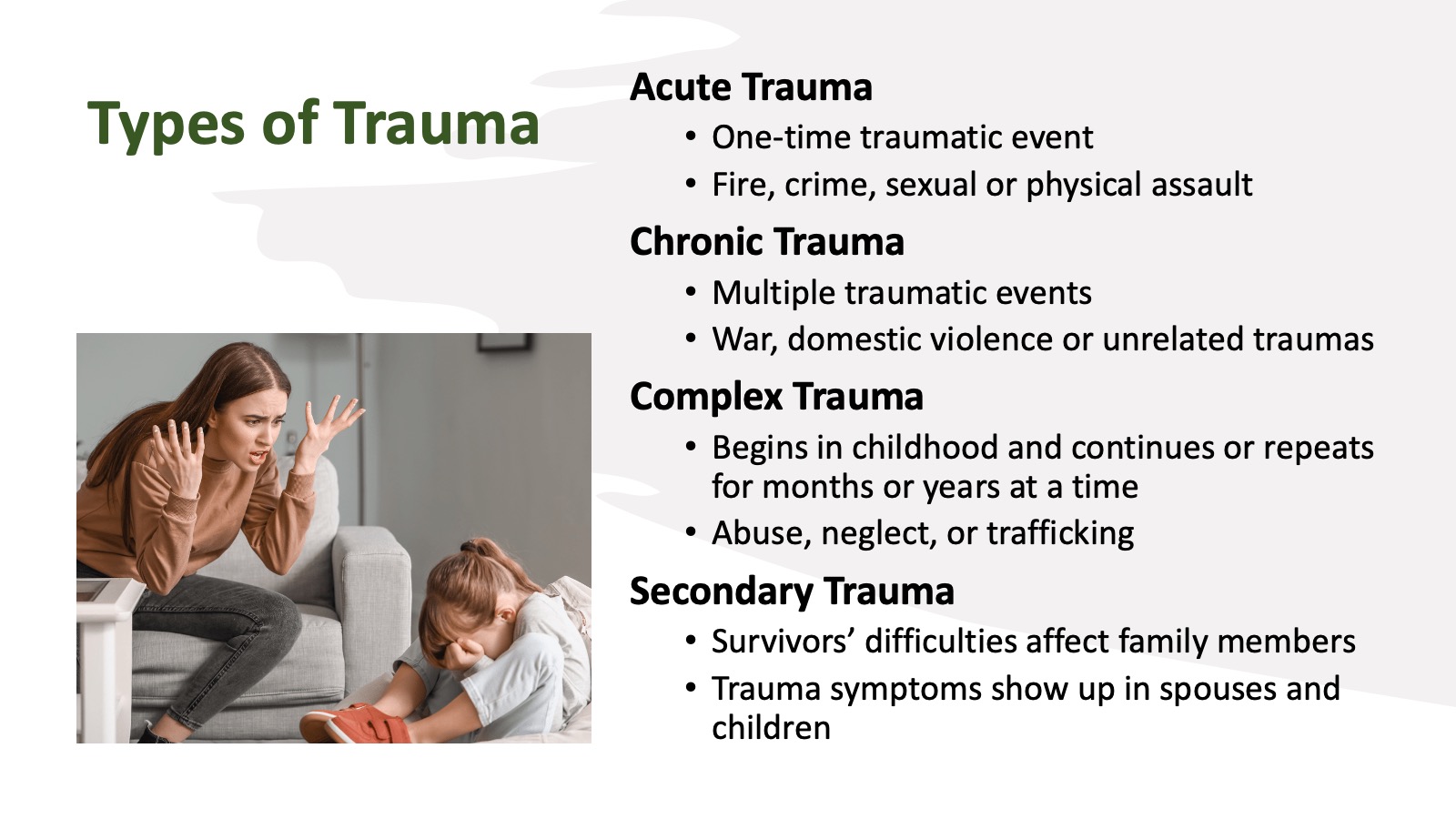 STEVE LYON
STEVE LYON
Editorial Director
Read more from Steve
Listen to this article:
The Story
After working at West Point, Michael wanted to go home to Joplin. Get back to his roots. Start fresh. He was confident someone with his resume could easily land a job there.
He applied for one and made the finalists list. They hired someone else. He tried again. Same story. One more time. Don’t even ask. It didn’t take him long to figure out that he was the only person impressed with his credentials. In other words, he was right where the Lord wanted him: humbled—and open to whatever the Lord wanted. Eventually, he landed in Carthage at the Fire Department.
After ten years, a job as the Outreach Center Director at Watered Gardens opened up. He had a heart for ministry, so he prayed about it. It seemed like the Lord wanted him to apply. After a rigorous interview process, things were looking up.
That one fell apart, too.
No one could blame him for wondering what in the world was going on or what the Lord was doing.
Two months later, Watered Gardens called. The Director of FORGE had resigned. They thought he might be a good fit and wanted to know if he was interested. He was—and that’s how the medic partnered with the Maker to start molding men. “It was,” Michael puts it, “a complete God thing.”
At first, it wasn’t easy. Michael thought his job was to “create little images of me” by saturating the environment with a military-style command presence. He had to learn leadership does not mean earning respect by putting a wall up between you and those you lead in hopes of duplicating yourself.
Instead, the Lord taught him two critical lessons that were, in his words, “a gut punch.”
One, that leading is about relationships. That is, getting in someone’s life to give them a lift up and out of poverty. Yes, it’s essential to have healthy boundaries. Like most of us, wounded men are needy, so you have to guard your emotional and spiritual energy. To that end, Michael and his wife jealously guard his day off for time together with each other and family and to lead bible studies. But leading in an environment like FORGE means entering a man’s brokenness —to bring hope and healing.
The second lesson is just as powerful but more simply stated: God is the creator, and “I’m just the director to help them be what God made them to be.”
The Program
FORGE is a four-phase, sixteen-month program involving service and education phases, each lasting three months; a work phase of four months; and a transition phase that lasts six months. In each, students progressively build discipline, habits, and skills that will enable them to move from joblessness and unhealthy dependence to responsible self-support.
What does it take to enter and graduate? Men must admit they have a problem, can’t fix it by themselves, and are ready to make a change. They must submit to God’s will and desire a relationship with Jesus Christ–and recognize getting started is hard because change creates stress. And, they must accept that the program’s rigorous requirements are designed to create a controlled environment that progressively prepares them for life beyond graduation.
That process has its flashpoints. In fact, Michael says the biggest hurdle to success is students leaving early because they think they have a handle on things. “They don’t realize they’re successful because they’re in a controlled environment. They think they’re ready to live on their own, but they’re not.” That’s why FORGE’s policy is if you leave early, there are no do-overs.
Michael points out it’s important to remember FORGE isn’t a drug rehab program. Nor is it a men’s discipleship group. People around the building say the program is “where becoming and doing merge.” In other words, it’s about acquiring Christ skills and life skills so men leave with a big bag of tools, know how to use them, and are committed to community as their operational base.
Lessons Learned
Team Training
Staff one-on-ones are a key part of staff development, with each leader “training someone to replace me.” Also, FORGE maintains an open-door policy to keep the relationships mentioned earlier in good shape.
Volunteer Training
The Forge focuses on a commitment to the Seven Marks of Effective Charity which is their foundation and operational philosophy. Volunteers learn to jettison the “I’m going to come in here and bless these people with my service” attitude. Invariably, after hearing men’s redemption stories, they realize they’re the ones blessed.
Programs
FORGE staff allow ample time for program evaluation. Programs are pre-loaded with content, requirements and procedures to ensure success but adjustments are made early on, when needed. Men enter the program dealing with all kinds of issues that are addressed when they begin their time at FORGE.
Michael and his staff have also learned the value of cyclical programming. Rather than wait for the start of a new class every quarter, men can now enter at any time and continue until they complete the whole sixteen-month schedule.
The Payoff
In Men
Dave’s a perfect example. When Michael first met him, he was closed off and hard-headed. He got high before his entrance interview. But by the time he graduated last September, God had completely transformed him. Now, more than anything, he “covets his time with Jesus.”
That’s not the only significant change. FORGE also makes a difference …
In the Community
It has a reputation. A strong reputation. Judges furlough criminals’ jail time to enter the program. They monitor their progress, and if they graduate, charges are dropped. Sometimes, a judge will have Michael stand in the courtroom and commend him for the impact FORGE is making in men and, therefore, in Joplin. “That,” says Michael, “drives you to do what you do.”
Law enforcement has taken note, too. Officers hired by Michael’s church for protection Sunday morning see men they’ve repeatedly arrested walk through the doors clean, sober, and smiling. Sometimes, they don’t recognize them. When they do, they can’t believe their eyes.
Advice For Getting Started
First, recognize there will be moments, as Michael puts it, when you find yourself “beating your head against the wall.” That’s why it’s important the desire to begin a ministry like FORGE “is truly in your heart, truly a calling and a passion.”
Michael also recommends that you set your end goal, establish outcomes, build to those outcomes, and evaluate the result.
Interested in starting a Residential Life Transformation (RLT) program in your neighborhood? Network Members have access to our RLT Model Action Plan, including step by step guidance and a library of resources.
CT Studd, nineteenth-century English cricket star turned missionary to China, India, and Africa, once remarked:
Some want to live within
The sound of church or chapel bell;
I want to run a rescue
Within a yard of hell

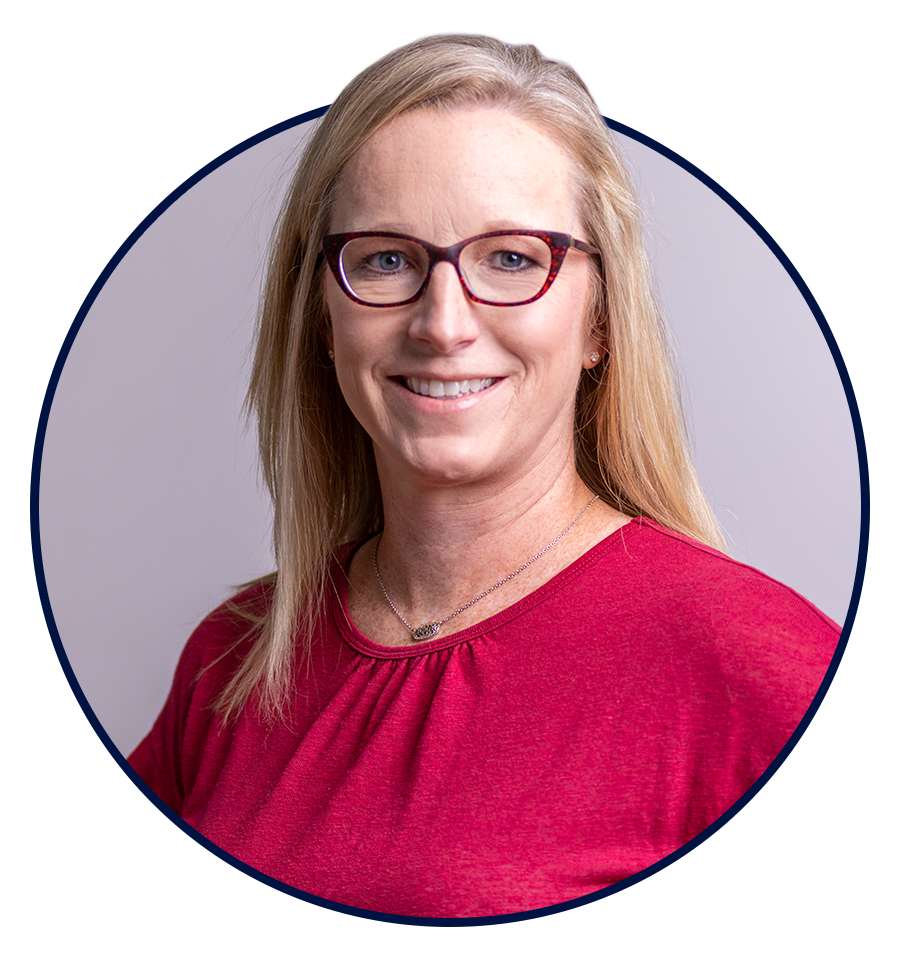
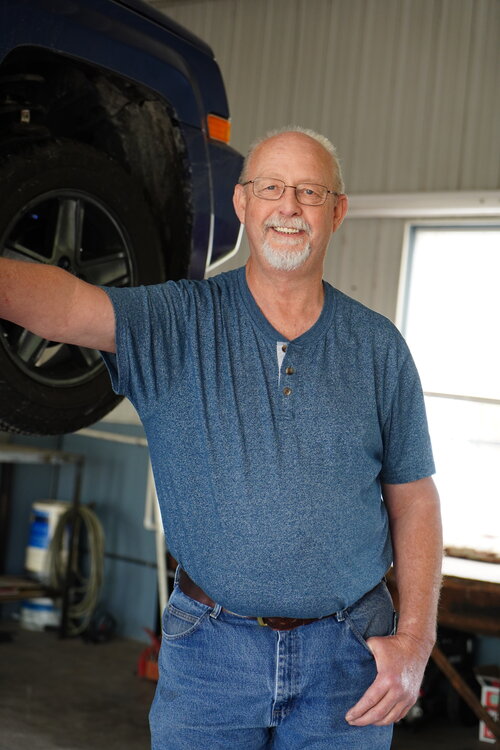
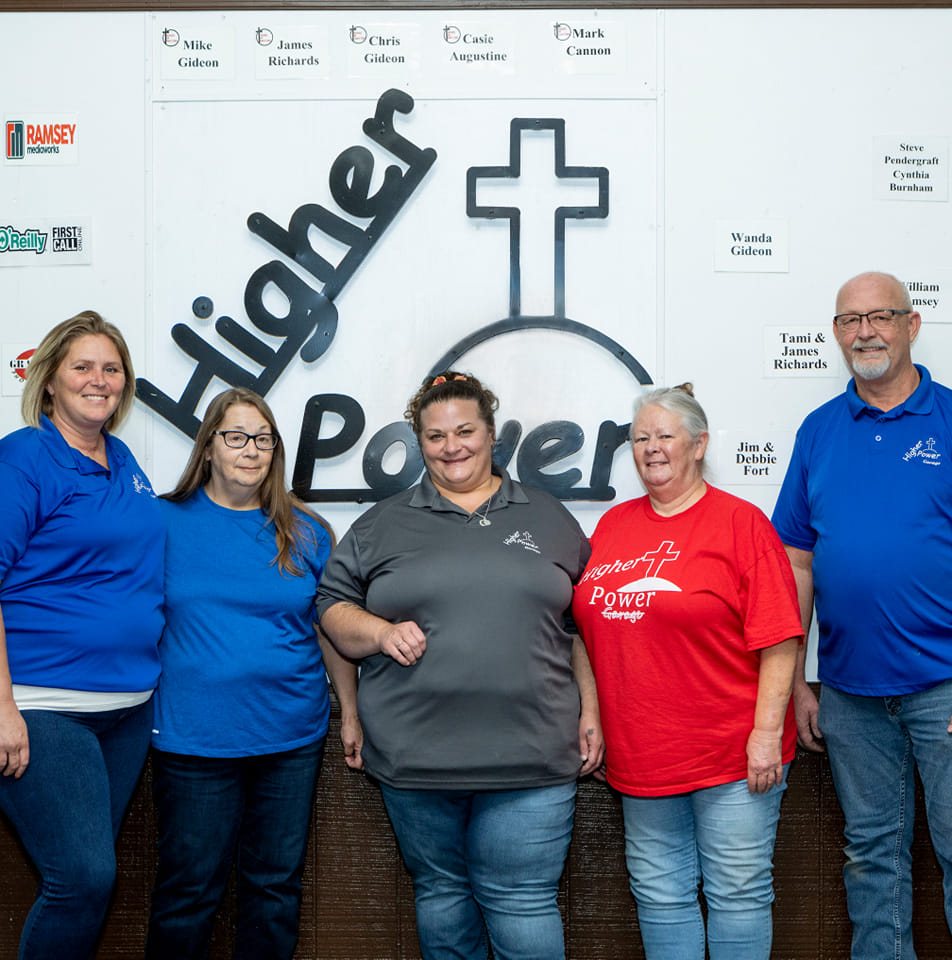
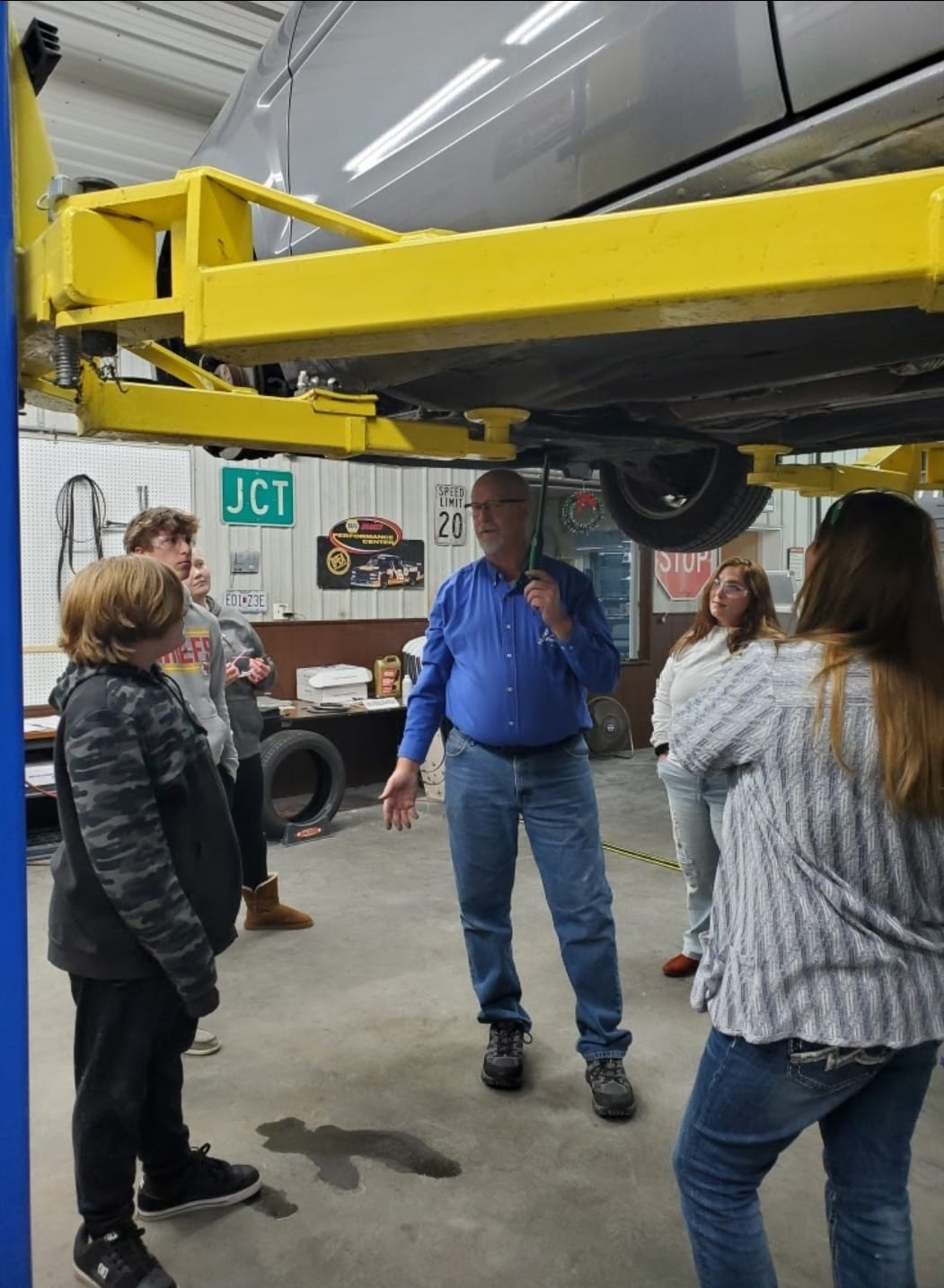

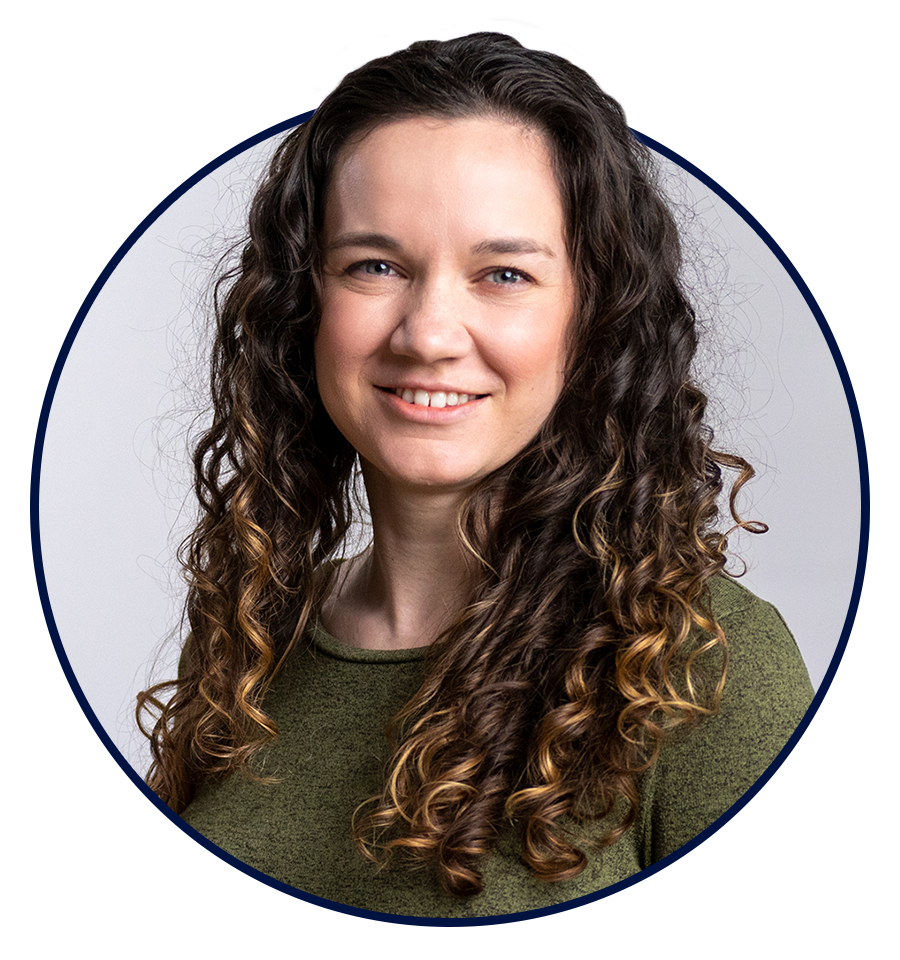





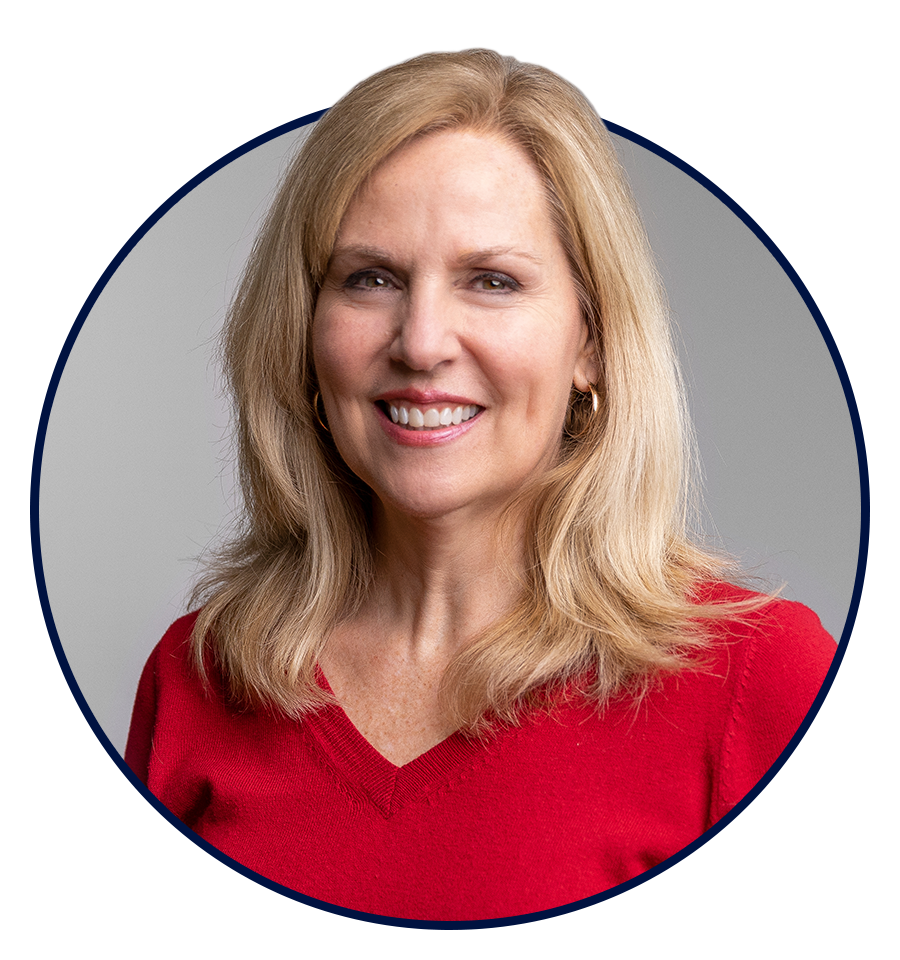
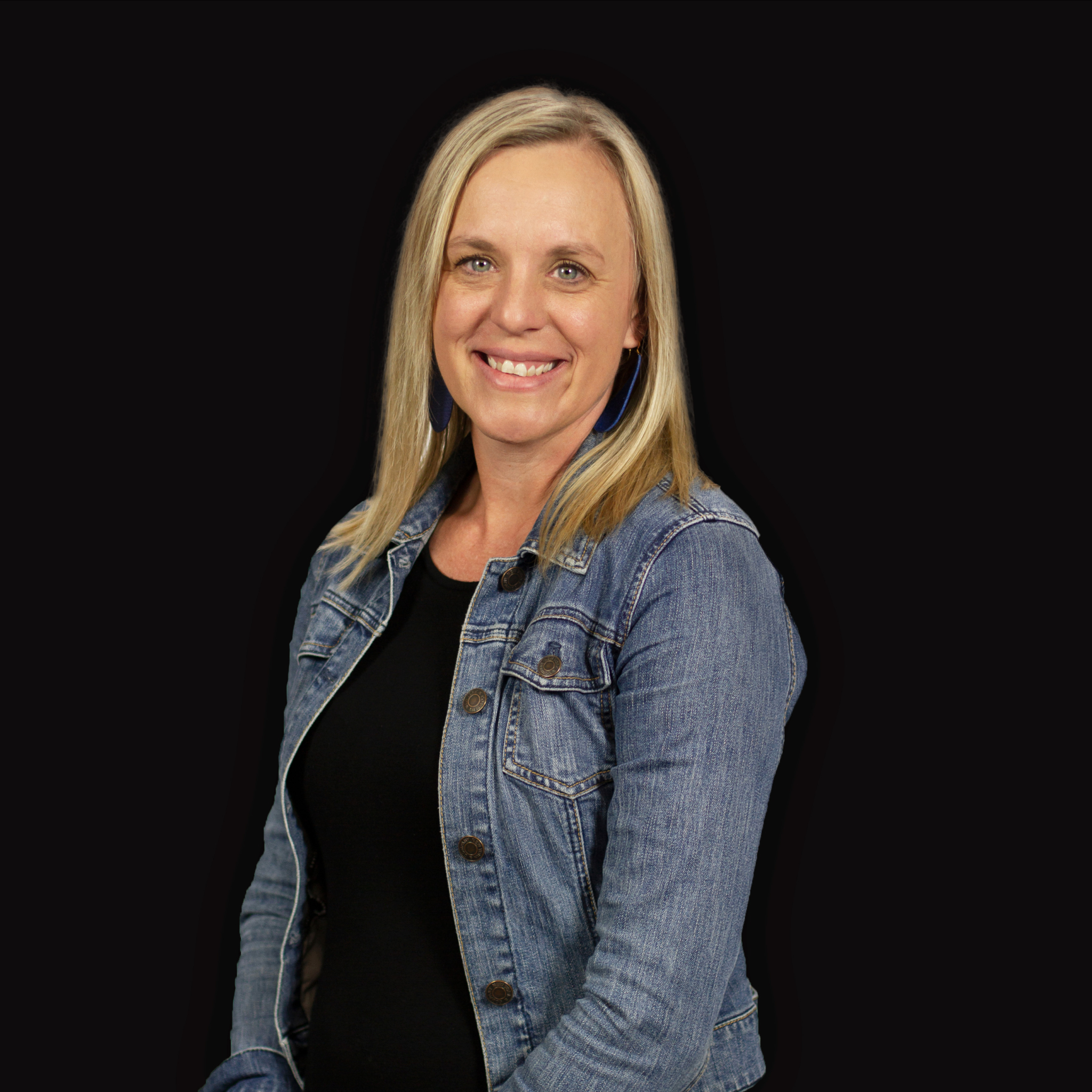



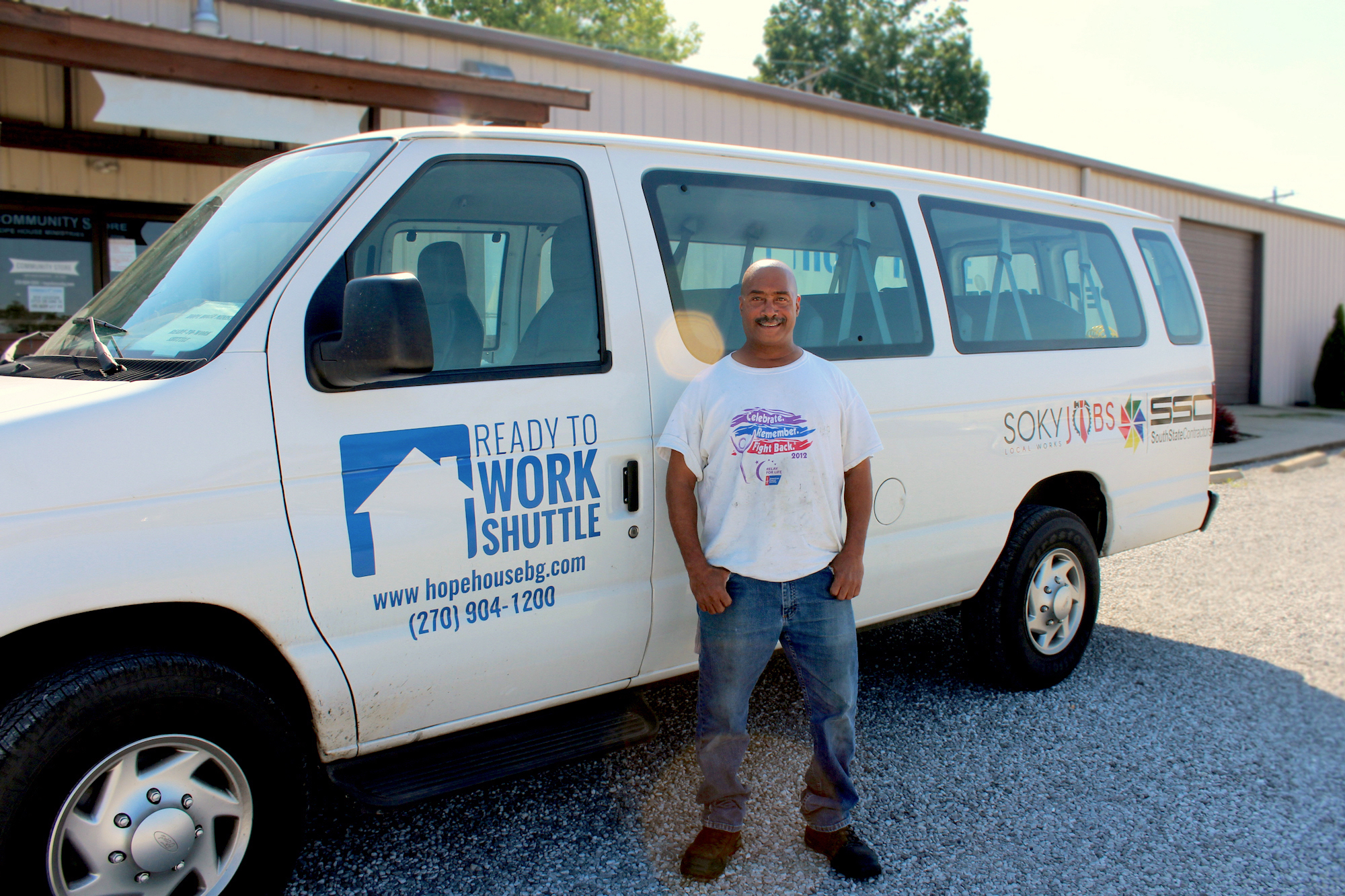
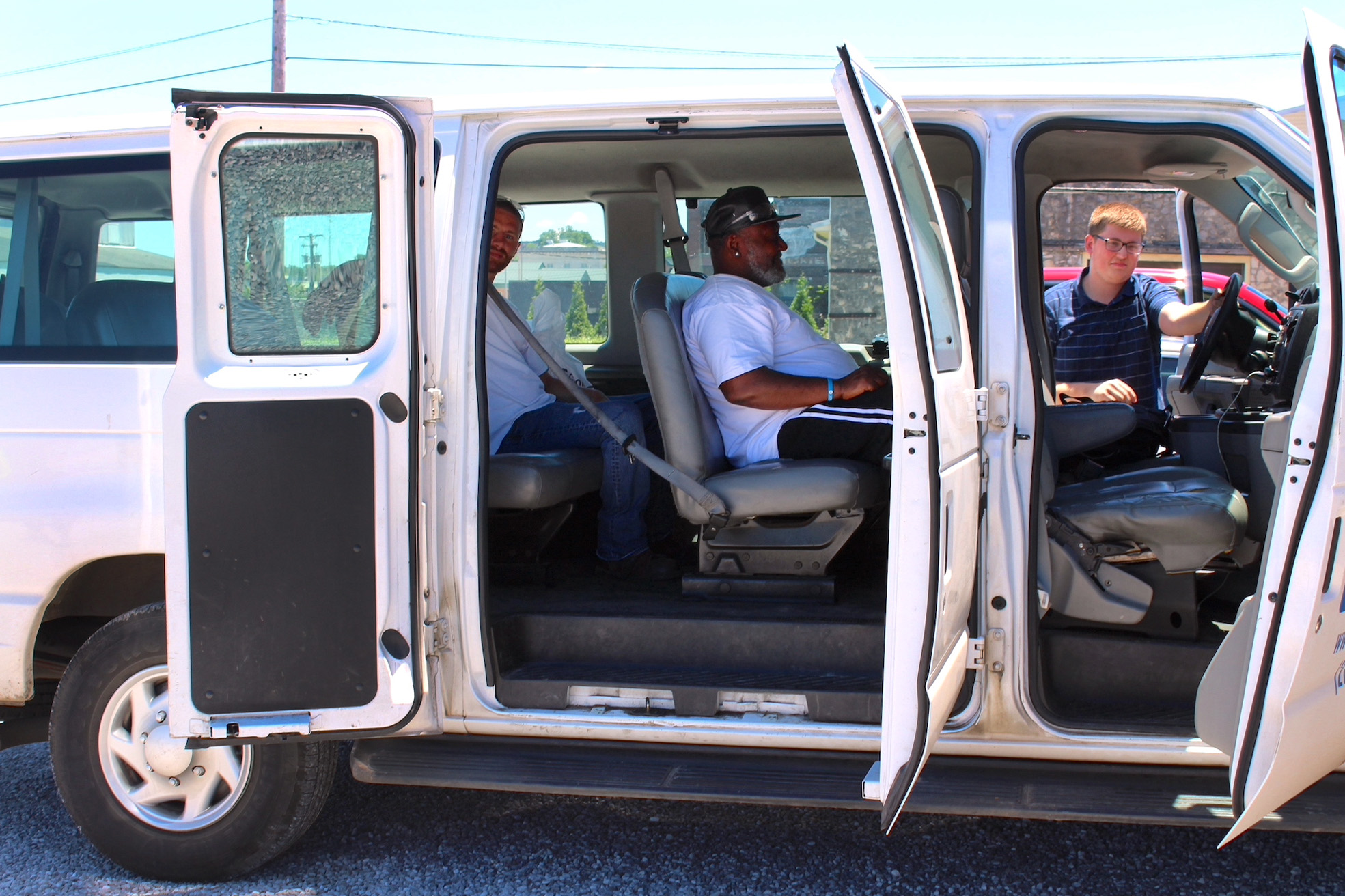 Hope House of Bowling Green, Kentucky is removing that barrier with their
Hope House of Bowling Green, Kentucky is removing that barrier with their 
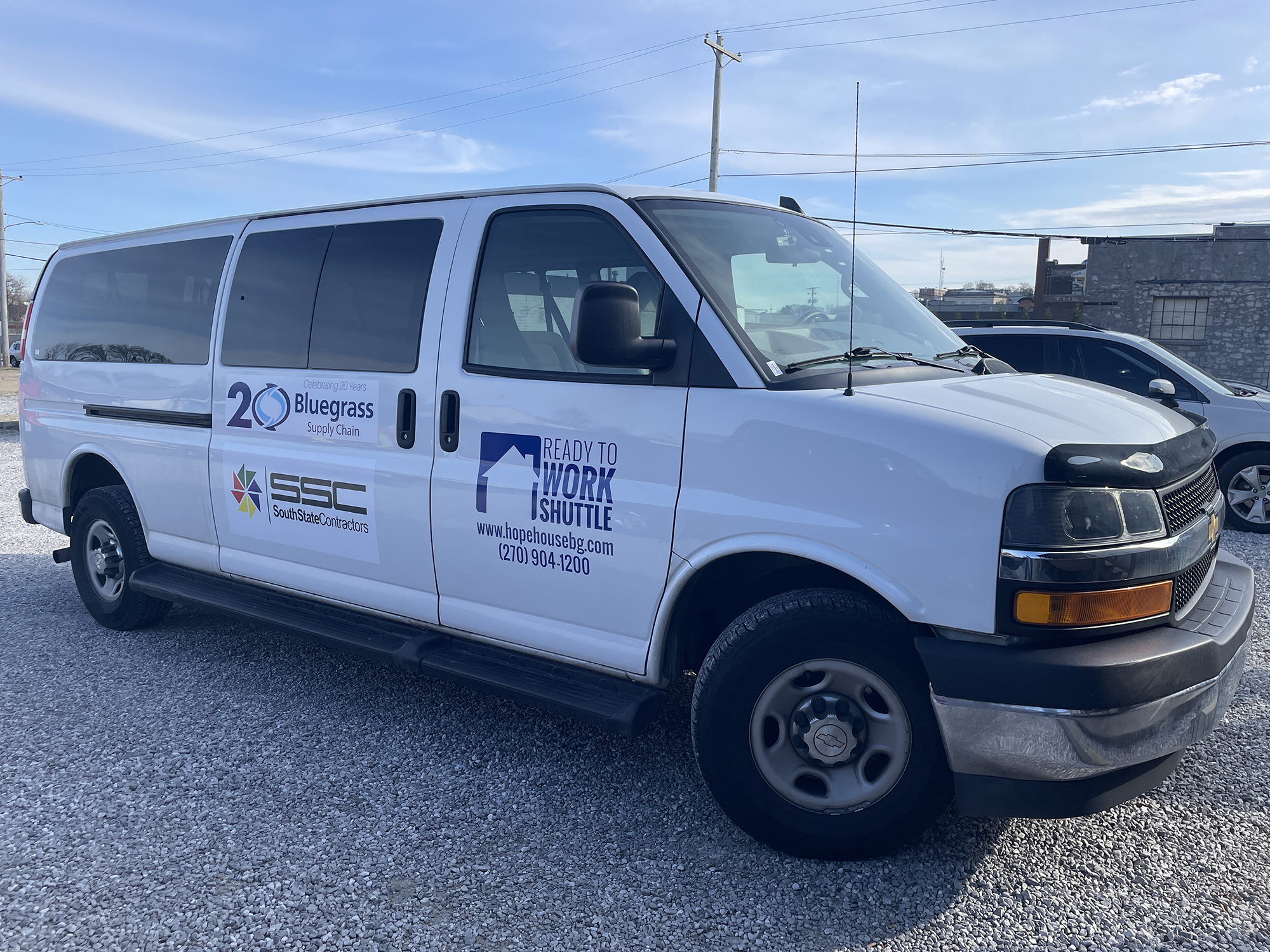
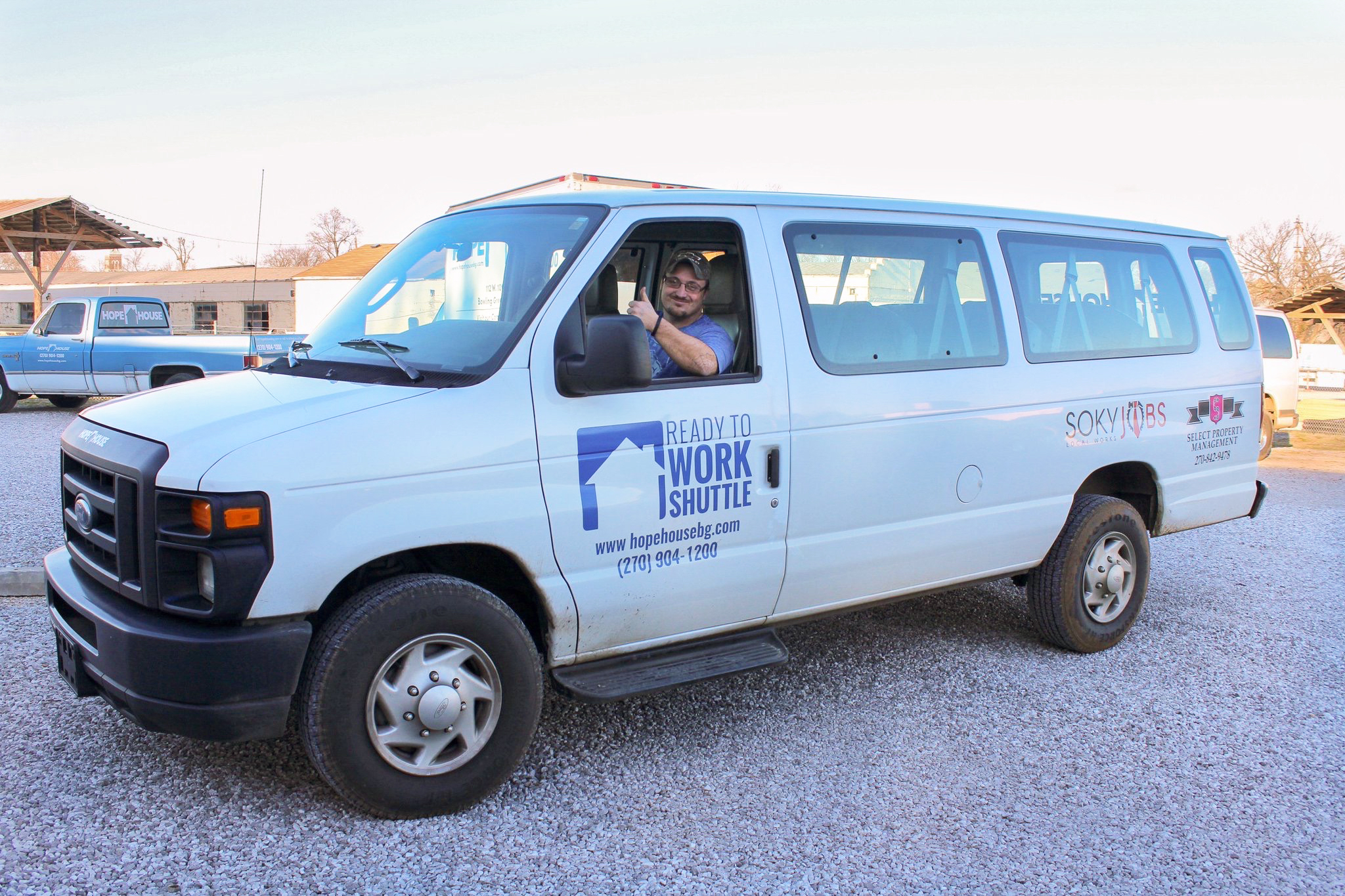
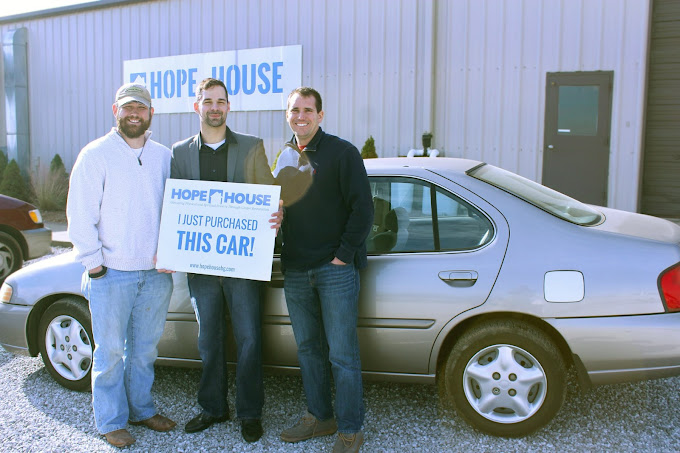 For those ready to own their own transportation, Hope House offers another service to their community – its
For those ready to own their own transportation, Hope House offers another service to their community – its 






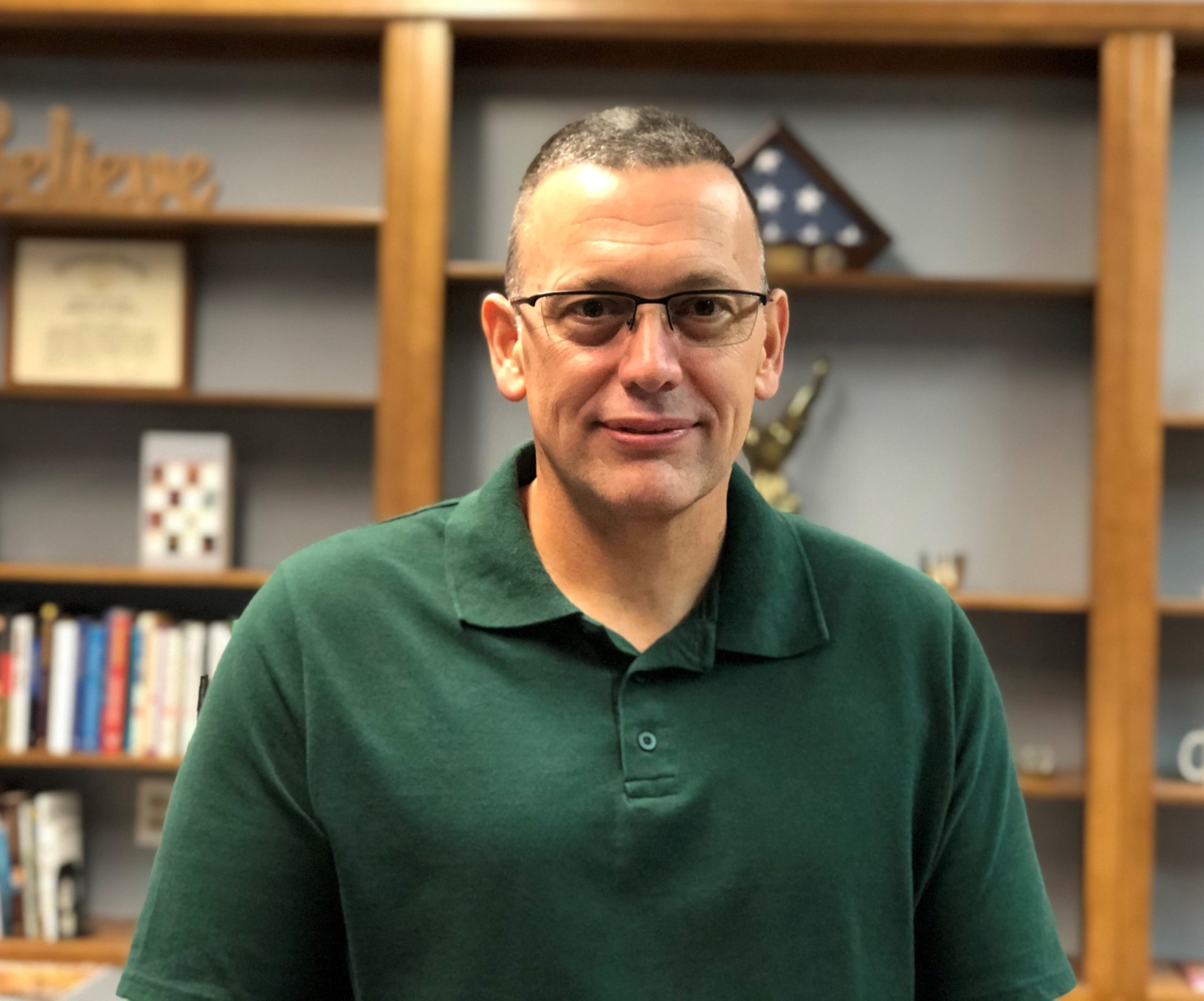

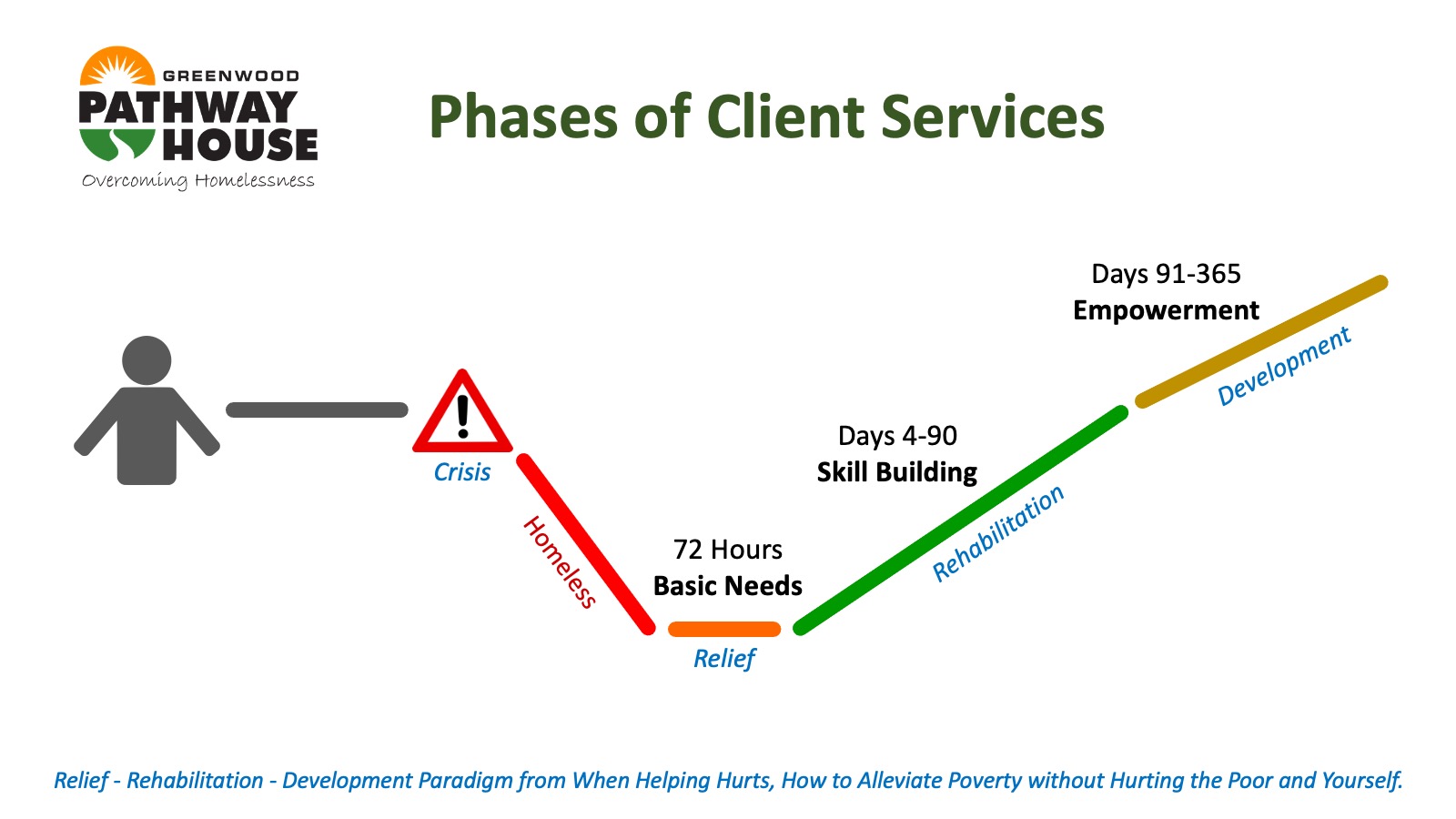 wh
wh